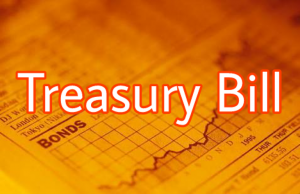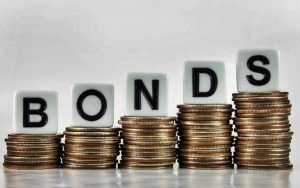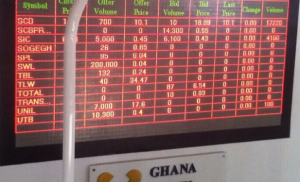World stocks rose on Monday on cautious optimism ahead of this week’s deliberations over the U.S. $31.4 trillion debt ceiling, a raft of economic data and a bevy of central bankers lined up to hint about whether further rate hikes await.
U.S. stocks looked to open higher with S&P 500 futures and Nasdaq futures rising 0.4% and 0.3% respectively. European markets climbed, with pan-region Stoxx (.STOXX) up 0.4% as of 1102 GMT.
In emerging markets, the Turkish lira touched a two-month low after weekend elections looked headed for a runoff, while the Thai baht rallied almost 1% after Thailand’s opposition routed military-allied parties also in weekend polls.
The lira was at 19.65 to the dollar at 1103 GMT, after reaching 19.70 in earlier trading, its weakest since a record low of 19.80 hit in March this year following earthquakes that killed at least 56,000.
It was on track for its worst trading session since early November . On the Istanbul bourse, a 6.38% drop triggered a market-wide circuit breaker.
On Monday, MSCI’s broadest index of Asia-Pacific shares outside Japan (.MIAPJ0000PUS) reversed earlier losses to rise 0.7%, driven by a late rebound in Asian and European shares.
China’s central bank on Monday held rates on medium-term policy loans steady, although expectations are building that monetary policy easing may be inevitable in coming months to support an economic recovery.
On the U.S. debt ceiling, President Joe Biden expects to meet Congressional leaders on Tuesday to raise the debt limit and avoid a catastrophic default, saying on Saturday that the talks are moving along.
“The debt ceiling is the elephant in the room, but traders are holding out hope that common sense will win the day,” said James Rossiter, head of global macro strategy at TD Securities in London.
Neither side wants a default, said Rossiter, who believed a deal would be found, but said anything was possible.
Concerns about the U.S. Congress not raising the debt ceiling on time have created large distortions in the short-end of the yield curve, as investors avoid bills that mature when the Treasury is at risk of running out of funds, and pour into alternative issues.
The yield on benchmark 10-year notes rose about 3 basis points to 3.4887%, after rising 6 basis points on Friday, and two-year yields were steady at 4.0083%, having also jumped 10 basis points in the previous session.
Also this week, a host of Federal Reserve officials are speaking, with Chair Jerome Powell set for Friday, and could generate plenty of headlines to move the dial further.
Traders currently put the odds of the Fed holding rates steady at 17.7%, up from 8.5% a week ago, after a report on Friday showed U.S. long-term inflation expectations jumped to the highest since 2011, boosting the dollar and Treasury yields.
However, bets are still on as many as three quarter-point cuts by year-end, after CPI and PPI data supported the case for the Fed pausing, given slowing inflation.
Fed Governor Michelle Bowman said on Friday that the U.S. central bank probably will need to raise interest rates further if inflation stays high.
Sharper attention will turn this week to U.S. weekly jobs claims data on Thursday, after reports “that a decent slug of the recent rise in claims were likely due to fraudulent filings in Massachusetts,” said a Deutsche Bank note on Monday.
Massachusetts accounts for about half of the 23% rise in monthly average claims since January, the note said.
“One thing that market participants look for is to be ahead of the game or for a first advantage in any data series that is released more regularly,” said David Roberts, head of fixed income at Nedgroup Investments.
Bond investors with longer term views take these data series “with a pinch of salt,” he said.
Brent crude and U.S. crude futures rose 0.3% to $74.36 per barrel and $70.26 per barrel, respectively.
Gold futures gave up gains and traded 0.1% higher at $2,013.46 per ounce by 1111 GMT.




